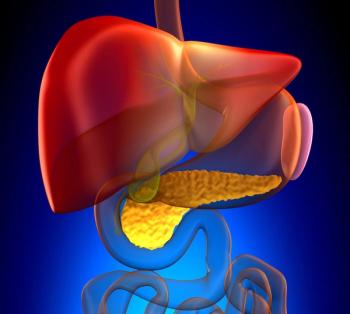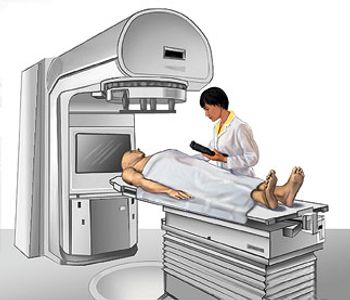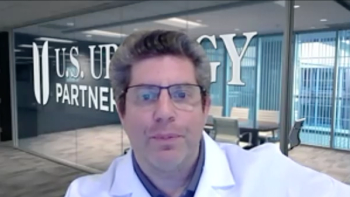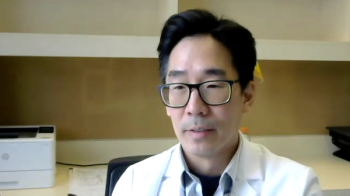
Radiation Oncology
Latest News
Latest Videos

More News
!["[These] data provide framework to assist in patient counseling and optimizing selection," according to the study authors.](https://cdn.sanity.io/images/0vv8moc6/cancernetwork/afc4e7af61f986692735b0d673f3933a45f75fc2-2249x2250.png?w=350&fit=crop&auto=format)
Findings may establish a framework for assisting patient counselling and optimizing therapy selection for those undergoing radical cystectomy.

Ten-fraction image-guided hypofractionated radiation therapy could be a feasible treatment option for portal vein tumor thrombosis in patients with HCC.

A dedicated, well-trained, and expert staff at the Ivy Brain Tumor Center enables the facility to be at the forefront of cutting-edge radiosurgery treatment.

SBRT demonstrated positive 3-year outcomes as a treatment in patients with early-stage HCC based on results from the phase 2 STRSPH trial.

A study aimed to determine the variables that correlated with extravasation rates in patients receiving radiation injection therapy.

Modifying injection methods when administering radioactive therapies may significantly reduce extravasation rates.

Extravasation with beta emitters may elicit more drastic adverse effects due to their higher radiation dose.

Disease control following radiotherapy appeared to be optimal in a retrospective cohort of patients with multiple myeloma.

Phase 3 data support using twice-daily high-dose thoracic radiotherapy plus concurrent chemotherapy as an alternative therapy for patients with LS-SCLC.

Extravasation results in exposing healthy tissue to radiation, which can be highly dosed depending on the isotope used for treatment.

Multivariate analysis showed consolidative thoracic radiotherapy improved OS/PFS vs control patients with ES-SCLC, with respective HRs of 0.53 and 0.90.

Patients with painful lesions who did not undergo treatment with opioids or reirradiation generally had better outcomes than those who did.

William Kennedy, MD, discussed modern radiosurgery techniques, technology selection, and the multidisciplinary approach for treating complex CNS tumors.

Administering 177Lu for mCRPC is a “team sport”, according to Steven Finkelstein, MD, DABR, FACRO.

After the recent approval of 177Lu in PSMA+/mCPRCP prior to chemotherapy, Steven Finkelstein, MD, DABR, FACRO, highlights the importance of this milestone.

Steven Finkelstein, MD, DABR, FACRO, spoke about the impact of the approval of 177Lu for patients with PSMA-positive mCRPC.

Testing a patient’s genetics may influence decisions such as using longer courses of radiotherapy, says Rachit Kumar, MD.

Multidisciplinary collaboration may help in minimizing the treatment burden among patients with prostate cancer, according to Curtiland Deville Jr, MD.

The phase 3 MIRAGE trial findings show that PROSTOX ultra was validated as a biomarker to predict genitourinary toxicity following SBRT.

Focused, high-dose radiotherapy doses may prolong survival and the interval to subsequent therapy for patients with advanced prostate cancer.

Experts from Sibley Memorial Hospital discuss how multidisciplinary work has enhanced outcomes such as survival and resource use at their institution.

A radiation oncologist discussed challenges related to the radiation oncology space as well as ongoing developments in the field highlighted at ACRO.

A lot of James B. Yu’s research begins with something as simple as a question from a patient regarding what aspects of treatment may be most beneficial.

In radiation oncology, renal cancers are experiencing the greatest levels of change and growth, according to James B. Yu.

Retrospective data may offer actionable guidance for clinicians treating patients with non–small cell lung cancer and brain metastases.



!["Early [concurrent] CRT provides a significant survival benefit, while late [concurrent] CRT is an acceptable option," according to the study authors.](https://cdn.sanity.io/images/0vv8moc6/cancernetwork/fc2a0cb8c6d287fa539f7d61aad18a8752d347dc-1200x882.jpg)















































































